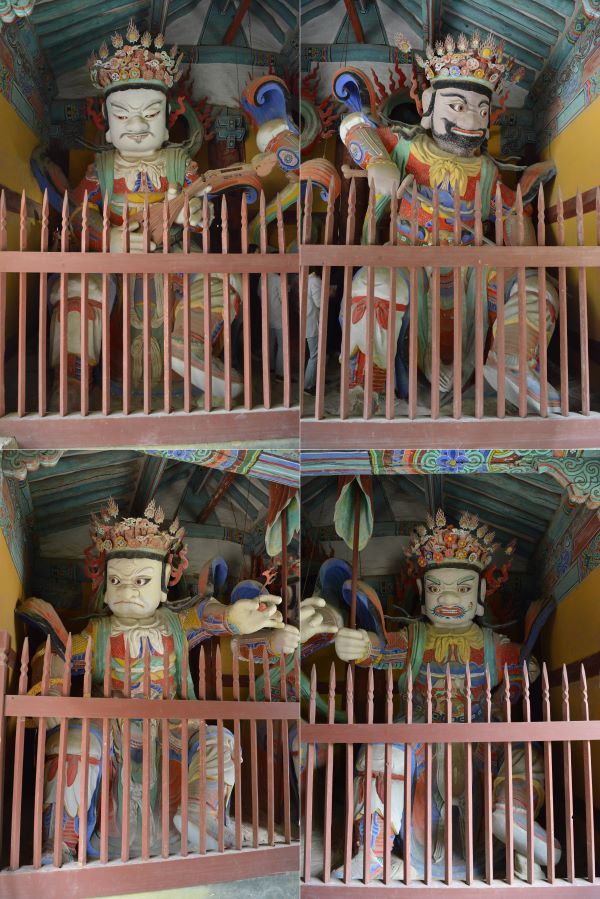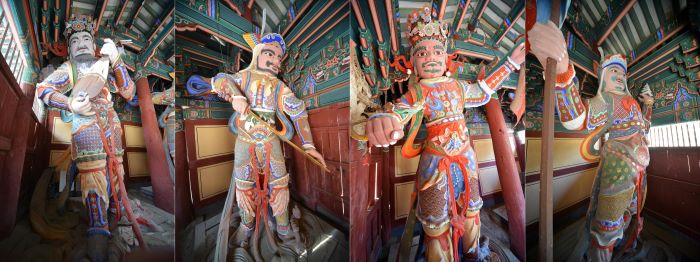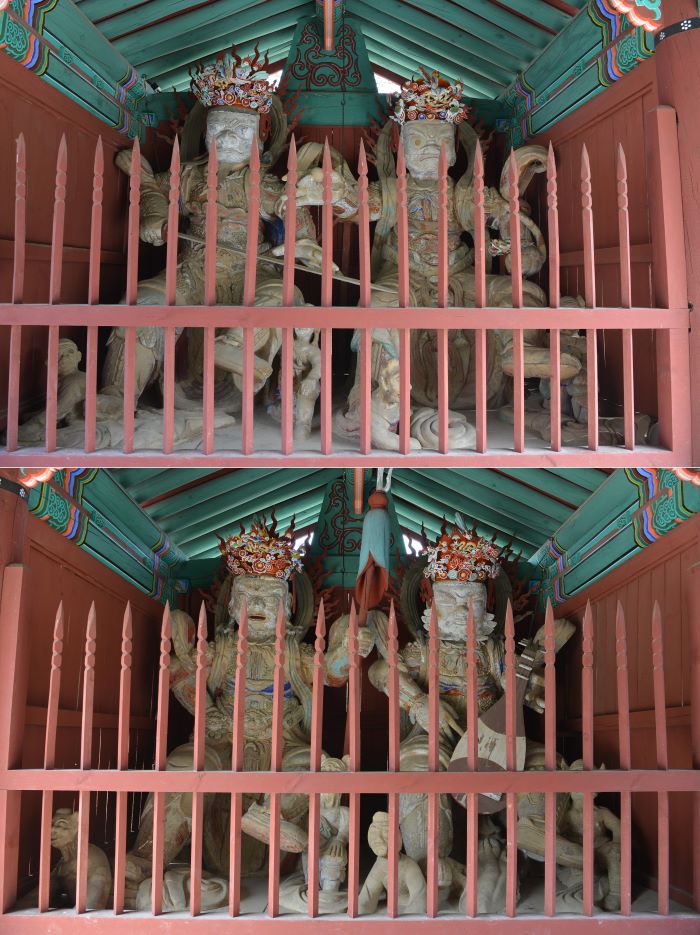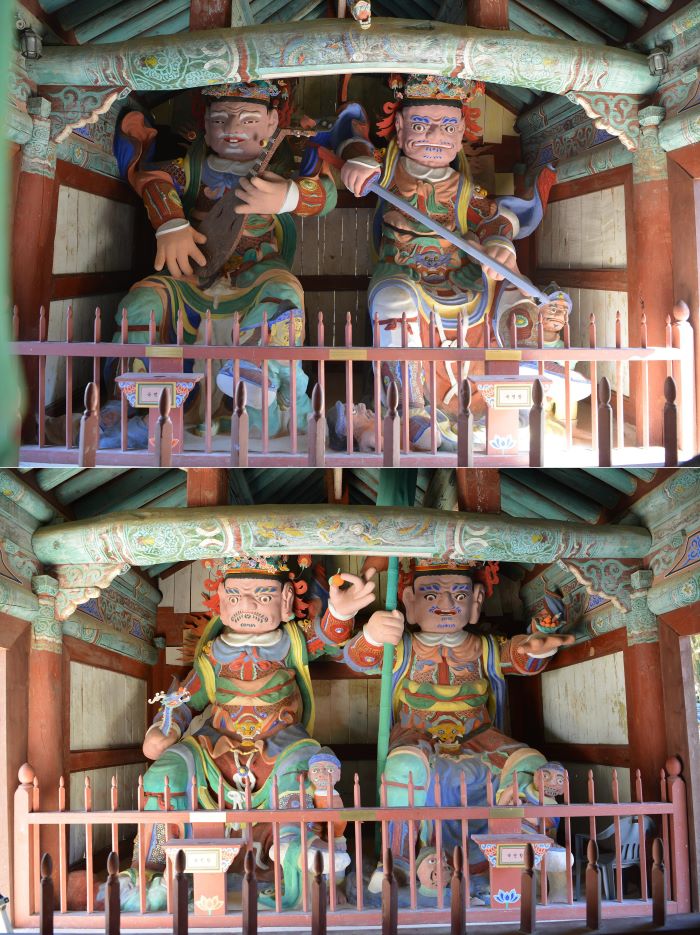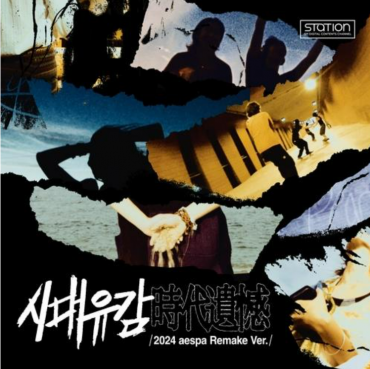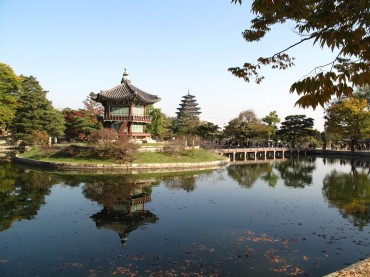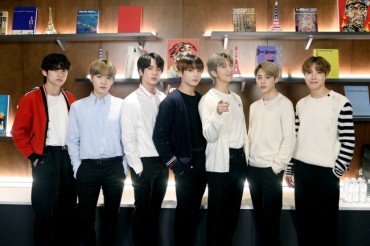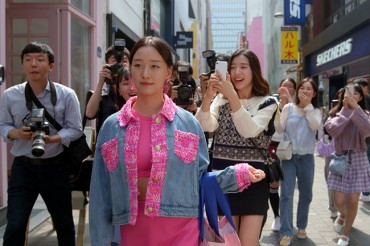SEOUL, Sept. 7 (Korea Bizwire) —At the entrance of the temple, the Four Heavenly Kings Statue assumes the role of a guardian, dedicated to safeguarding the Buddha’s teachings and the sacred realm of Buddhism, making it a cherished treasure.
The Cultural Heritage Administration made an announcement on Thursday outlining its intentions to officially designate the Four Heavenly Kings Statues (The Sacheon-wang Sang) at eight temples across the nation as precious cultural treasures.
These temples include Hwaeomsa in Gurye, Jeolla Province; Heunguksa in Yeosu; Beopjusa in Boeun, Chungcheongbuk-do; Gimcheon Jikjisa in Gyeongsangbuk-do; Goheungsa; Yeonggwang Bulgapsa; Gongjaksan Sutasa in Gangwon Province; and Magoksa in Gongju, Chungnam Province.
The Four Heavenly King, a divine guardian, dwells upon the slopes of Mount Sumeru, which holds a central place in Buddhist cosmology, offering protection to the Land of the Buddha in the cardinal directions of east, west, south, and north.
These Four Heavenly Kings serve as the vigilant protectors of the Buddha’s realm from the same directions, residing on the slopes of Mount Sumeru, the symbolic center of the Buddhist universe.
The Four Heavenly Kings Statue stands prominently at the Heavenly Gate, serving as the threshold to the main temple. These statues are recognized by different titles depending on their orientation towards the east, west, north, or south.
Typically adorned in armor and wielding distinct symbolic objects like bo-gum or ornamental swords, these guardians are depicted with wide-open eyes and mouths, symbolizing their unwavering commitment to safeguarding the temple from malevolent forces.
Approximately 20 such statues are known to exist in Korea, and the eight that have been identified as treasures all date back to the 17th century. An official from the Cultural Heritage Administration elaborated, stating, “The Sacheon-wang statues hold historical significance, as they were crafted with great devotion in the 17th century with the mission of revitalizing Buddhism during the post-war temple reconstruction period.”
Image credit: The Cultural Heritage Administration / photonews@koreabizwire.com



